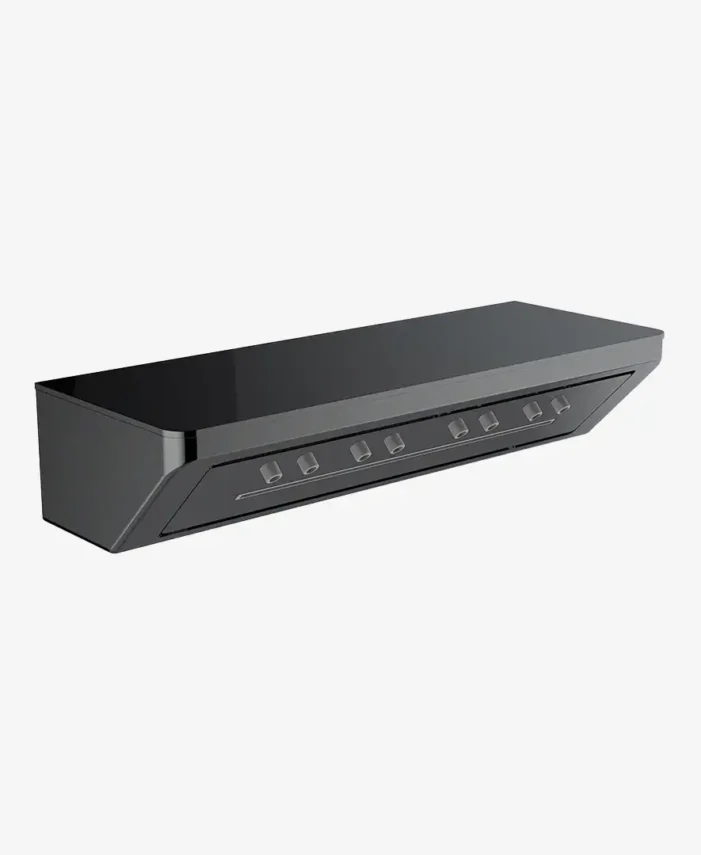Ozil
$100.00
Bring a new perspective with our unique Rim-Free ceramic collection which can be best suitable for luxurious master bathrooms & modern luxurious bathrooms. It is curvy and sleek in nature and also available in three different shades-Matte Cappuccino, Prime White, and Matte Black.
Lorem ipsum dolor sit amet, consectetur adipiscing elit. Ut elit tellus, luctus nec ullamcorper mattis, pulvinar dapibus leo.
Be the first to review “Ozil” Cancel reply










Reviews
There are no reviews yet.